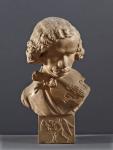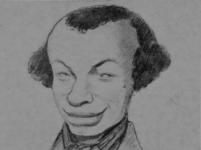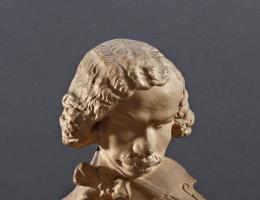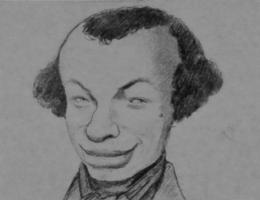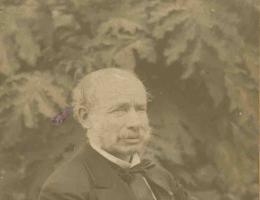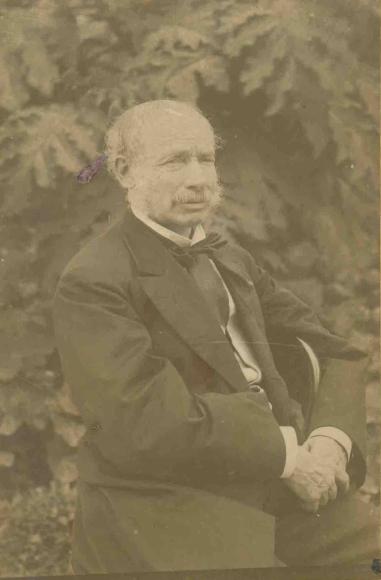
Henri VIEUXTEMPS
1820 - 1881
Composer
Born in Verviers in Belgium, Vieuxtemps began learning the violin with his father, an amateur musician. He continued his education with Lecloux-Dejonc, then Bériot in Paris between 1829 and 1831. He studied composition with Sechter in Vienna (1833-1834), then Reicha in Paris (1835-1836). His career as a concert violinist took him to many countries, including Russia, where he lived for several years (1846-1851) and – a highly unusual occurrence for the period – the United States, which he visited on three occasions. Professor at the Brussels Conservatory from 1871, he laid the foundations of the Belgian violin school (Ysaÿe was one of his pupils). However, in 1873, a stroke left him partially paralysed and forced him to abandon his concert activities. From 1879, he lived in a sanatorium near Algiers, where he died two years later. The violinist was received with enthusiasm, particularly by Schumann, who compared him to Paganini. Although his composing activities took a back seat to his performing, his works were nonetheless admired by musicians as exacting as Berlioz and Tchaikovsky. Vieuxtemps mainly wrote for his instrument (seven concertos, numerous pieces with piano, three string quartets, a piano trio), showcasing a theatrical virtuosity in the tradition of Paganini. However, he embedded this rich violinistic vocabulary within a modern symphonic texture and was innovative in his approach to form. This can be seen for example by the Concerto No. 4, in four movements with a scherzo (1850) or by the Concerto No. 5 with three interlinking movements (1861).


